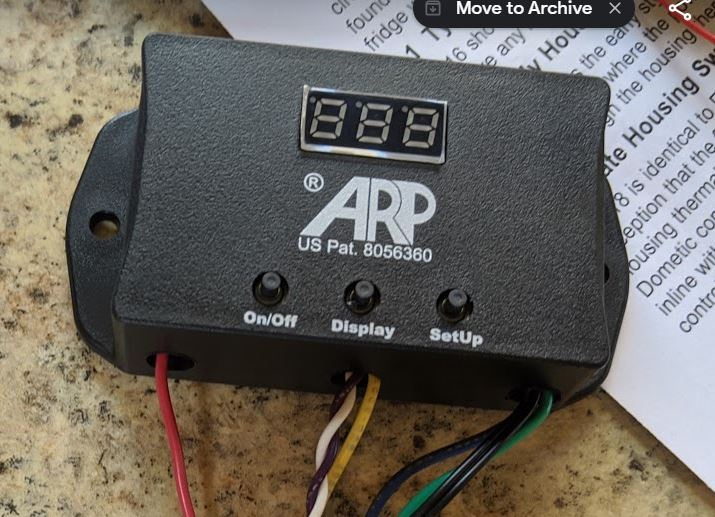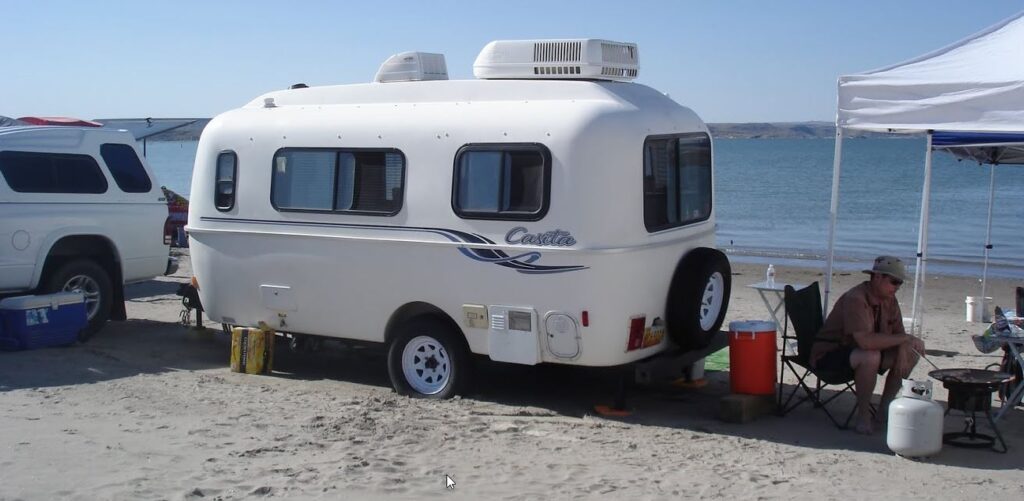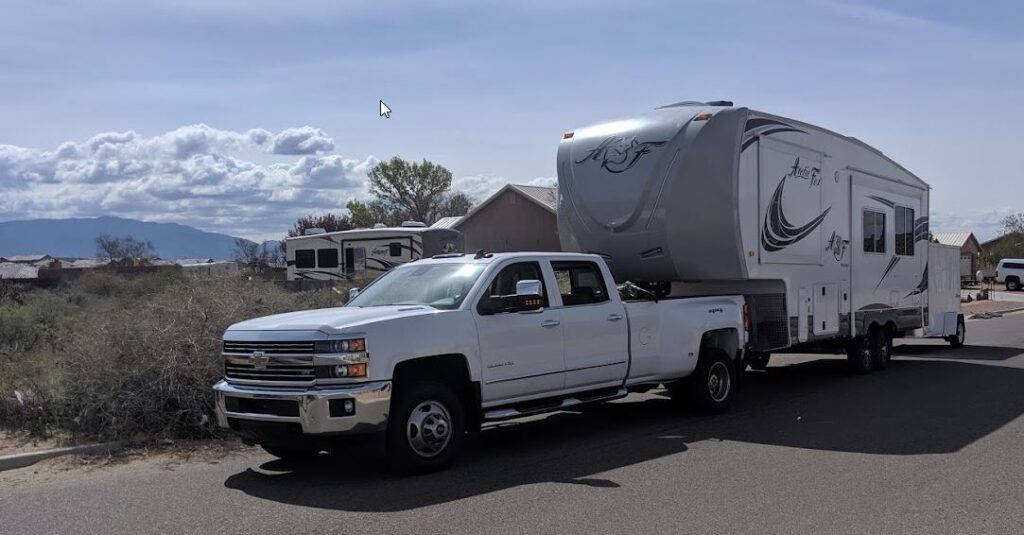I occasionally spend time on social media RV forums/group to both learn new things as well as help people with problems they may be encountering. More and more when I do this I see things that are misleading, flat out wrong or sometimes even dangerous. RV myths are rampant and I want to clarify things. I’ll be using this page to keep an updated list as I discover them and describe why it isn’t right.
Appliance Myths
Furnace
Running a propane furnace increases moisture in the RV
FALSE
People tend to believe this as it is true when you burn propane, or any petroleum fuel, the combustion process does release good ole H2O as part of the chemical reaction. Also, in cold weather, humidity and moisture problems in RV’s are very common. However, in a properly operating propane furnace the combustion process is COMPLETELY isolated from the air inside the RV. To have it otherwise would likely end up with dead occupants due to carbon monoxide poisoning. The fire side pulls air in, burns it, and exhausts to the outside of the rig while putting heat into a heat exchanger. On the interior side of the exchanger, a fan pulls air from inside the RV and runs it across the exchanger picking up heat and blows that heated air into the RVs living space. Never should the inside and outside airflow meet.
There are propane appliances that can add to your interior moisture level. The most obvious being cooking on a propane cooktop as the flame is in direct contact with the air in your RV. There are also catalytic propane heaters that can be big culprits of excessive moisture. When properly operating, these heaters burn VERY efficiently and release little to no carbon monoxide…making it safe to have the combustion not vented outside and thus the water produced during combustion is added to the air inside your rig.
Turn off propane while driving
Refrigerator and/or Furnace
FALSE
Yes, you can run your appliances while you are on the road. Some people don’t feel safe doing this, and more power to them. However RVTravel did a survey and out of ~5700 respondents, 65% of them run their fridge OFTEN while traveling with another 14% doing it occasionally. You are right – just because everyone else is doing it doesn’t mean you should. However that survey represents tens of thousands of RV’s on the road traveling untold millions of miles with a large majority running their appliances.
The reason for the fridge is obvious….if you have a long travel day ahead it should would be nice to have cold unspoiled milk and/or beer when you get to your destination.
The furnace is needed when traveling in cold weather to prevent freeze damage.
Yes, fires do happen. Yes, propane needs to be treated with respect. And yes, everyone has to make their own decision. I’m gonna roll with the majority on this one.
Drive Train Myths
Tires
There are LOTS of discussions on social media about tires. They are without a doubt one of the most critical safety components of a rig. Here is information about Tire Safety and is worth a quick read.
You should always run at the max cold pressure stamped on the sidewall
Maybe
If your tires are carrying a load that is near or at the maximum load rating for the tire, then yes, run the max cold pressure stamped on the sidewall.
Tires are part of the suspension of your rig, they do a lot of flexing and absorbing of shocks from the road. This means if you are running max pressure but are more than a little bit below the max weight rating of the tire, then you are transferring more of those bumps and impacts into your rig than may be needed. You may also be wearing the center of your tire faster than the outer edges….but in the RV world this isn’t usually a problem because your tires generally will age out before the tread wears out anyway.
BEST: Get the weight measured for each individual tire and then use the tire manufactures load pressure charts to determine the optimal air pressure. I generally add 5-10 lbs extra as a safety buffer.
NEXT BEST: Go to a CAT scale, usually at truck stops. They will give you the weight on each axle and you can do the math based on how many tires are on that axle and determine approximately what each tire is carrying. Then use the tire manufacture charts and set appropriately. The is 2nd best because most RV’s are not weight balanced and you’ll have more weight on one side than the other.
RUNNER UP: Most RV’s have a tire and loading chart on them from the factory. This can get you close and I believe is based on the tire make/model installed at the factory and the GVWR of the rig for weight. It’s better than nothing.





